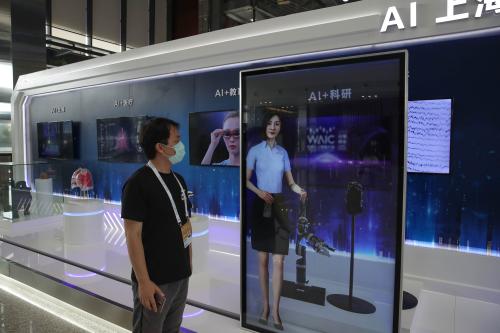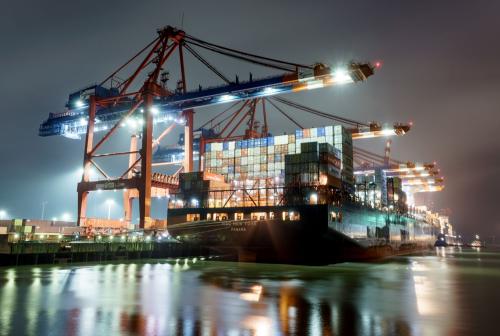Overview
The world is in the midst of a fast-moving, Fourth Industrial Revolution (also known as 4IR or Industry 4.0), driven by digital innovation in the use of data, information, and technology. This revolution is affecting everything from how we communicate, to where and how we work, to education and health, to politics and governance. COVID-19 has accelerated this transformation as individuals, companies, communities, and governments move to virtual engagement. We are still discovering the advantages and disadvantages of a digital world.
This paper outlines an initiative that would allow the United States, along with a range of public and private partners, to seize the opportunity to reduce the digital divide between nations and people in a way that benefits inclusive economic advancement in low- and middle-income countries, while also advancing the economic and strategic interests of the United States and its partner countries.
As life increasingly revolves around digital technologies and innovation, countries are in a race to digitalize at a speed that threatens to leave behind the less advantaged—countries and underserved groups. Data in this paper documents the scope of the digital divide. With the Sustainable Development Goals (SDGs), the world committed to reduce poverty and advance all aspects of the livelihood of nations and people. Countries that fail to progress along the path to 5G broadband cellular networks will be unable to unlock the benefits of the digital revolution and be left behind. Donors are recognizing this and offering solutions, but in a one-off, disconnected fashion. Absent a comprehensive, partnership approach, that takes advantage of the comparative advantage of each, these well-intended efforts will not aggregate to the scale and speed required by the challenge.
The U.S. recognizes digital as a developmental priority. Through recent policies and strategies, the Department of State has acknowledged digitalization as a diplomatic priority and the U.S. Agency for International Development (USAID) and the Development Finance Corporation (DFC) as a development priority. At the political level both President Biden and Congress have addressed the challenge and opportunity. As the U.S. returns to the international stage, digital development is an opportunity for the U.S., through “leading by partnering,” to offer the world a win-win.







